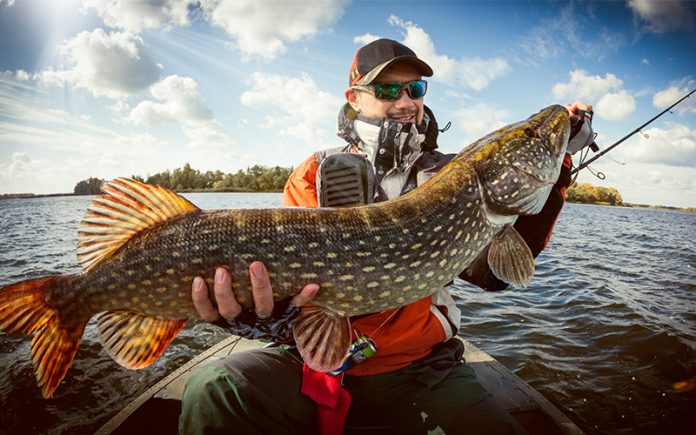Fishing is a great way to enjoy some quality time with family members and friends in the midst of nature. It gives us an opportunity to escape the tiring urban life and have a thrilling experience. When you reel in a fish, that feeling of satisfaction makes you want to catch some more. The larger the fish, the more you can show off to your peers. If you catch a rare and exotic fish, you are already a winner in the fishing game. Follow this guide to fishing for beginners and have an uninterrupted session of quiet fishing.
Things to Know Before Heading out for Fishing
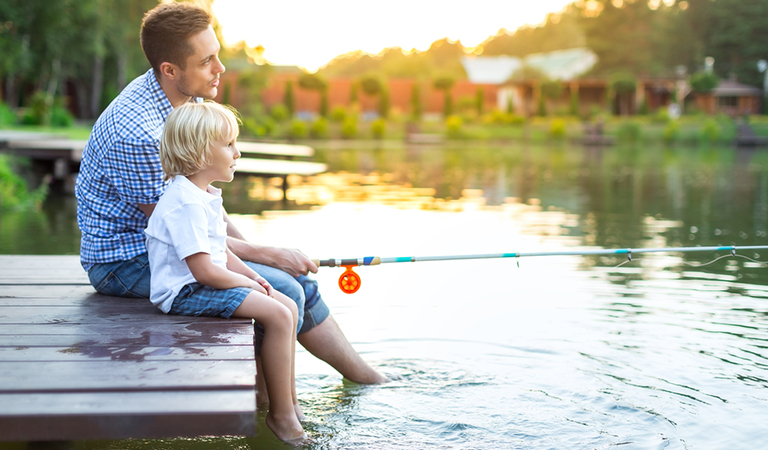
First of all, you have to take your fishing license with you. You can easily buy a fishing license online and some states offer free or low-cost licenses. Next is obviously your fishing rod and reel, or a fishing pole. You’ll also need to choose a good fishing line, along with fishing weights, hooks, lures, bobbers and fishing baits. You can easily get all of these products in a nearby sporting goods shop. Also, don’t go alone. Having some company around will make your fishing experience all the more worthwhile.
There are various ways of tying a knot around the hook. It depends on the type of fish you are willing to catch. You’ll need to attach the fishing line to your hook, and then connect a few fishing weights a few inches above the hook. The weights prevent the line from swaying away in the water, helping to keep the bait or lure in place. Next, attach a bobber. They’ll move up and down while the fish is nibbling on the bait, which gives you an indication to start reeling in the fish. If you are a beginner, you might want to get yourself a spin-casting outfit rod. You could hold this rod as you would hold a pistol and point the fishing line towards the water, simply by clicking a button on the reel. Casting a rod or a fishing pole requires practice, so don’t think that the accessories alone can get you your desired fish. You have to decide what bait or lure to place and how deep it will go. Remember that fish will only stay in places where the temperature is suitable for their survival and where food is abundant.
Lastly, you should take boxes with you. There should be a separate box for live baits and a separate box for artificial baits, lures, weights, hooks and other gears. Take an icebox to store all the fish you’ve captured and keep them fresh. While fishing is a peaceful hobby, there are chances of minor injuries when you search for a fishing spot, so remember to take a first aid box with you. For personal protection, you should take a life vest with you. Sometimes you’ll get fish that are illegal to catch or not the type you should be looking for. In such cases, let go of the fish while it’s still in the water.
When you cast your rod or fishing pole, make sure it is away from other people and as far away from the shore as possible. Don’t disturb the waters too much; otherwise, it would scare fish away. Respecting our Mother Nature is always important. If you see any litter around, please clean up and always recycle products! Now that you’re aware of these important fishing tips, hopefully, you’ll have an amazing fishing time with your mates.
Fish to Lookout For
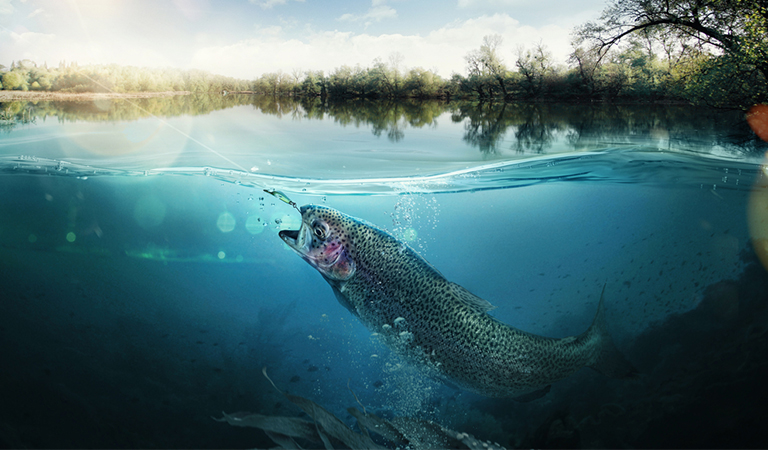
We all had those moments in fishing when we lost our bait, or somehow the fish wriggled out even after using the fishing pole the best way. I remember that one time when I caught a plastic bag while my mate caught a small snake! Well, what we really want is to catch fish, the right kind of fish. We might encounter fish that are illegal to catch, or not viable for eating. That’s why it’s important to know what fish you should catch and what are available beforehand. This way, you won’t feel disappointed when you encounter a crappie instead of a bass or vice versa.
Secrets of Bass Fishing
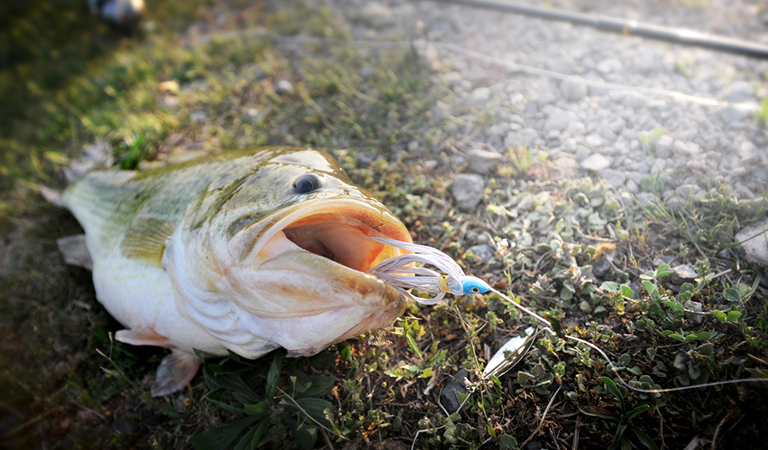
When you fish for a bass, consider as if you’re looking for a goldmine. Bass are known to be quite clever but you can use certain baits and lures to fool them. There are different types, such as largemouth, rock bass, striped bass and smallmouth. Bass fish love shredded worm waters because injured prey attracts them. This technique is better for shallow waters. You can use red colored spinnerbaits or crankbaits because the red color fools the fish into thinking that the bait is injured. Also, bass have tough jaws. If you want your hook to tear through these jaws, simply sharpen the hook. They also travel according to the current of the water. So, there is a high chance that they’re following your boat around. Cast your rod or fishing pole away from the boat.
Bass usually spawn during the spring season. They usually have eggs in areas where wind could cause little turbulence. When you go bass fishing in springtime, look for these quiet and still regions in shallow waters. A wise idea is to use different baits during different seasons. For spring you can use crawfish, but use silver baits for summer and fall seasons. Bass also seem to hang around especially before a storm, so you can try looking for them during that period. Use different types of bass fishing lures and cast them at different angles because this could most likely get bass irritated. When they get irritated they tend to bite on baits.
Catfishing Hacks
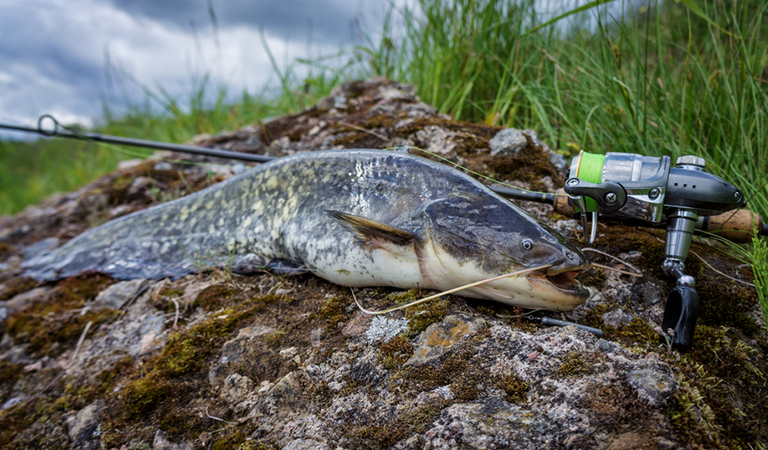
Anglers love to catch catfish because they are so eager to bite on the bait. You won’t need any particular skills to catch them, only the right type of fishing pole. Catfish are ferocious; they’ll do anything to escape the hook. They are large and abundant. Even though catfish readily bite, that doesn’t mean you get to catch them easily. If you want to increase your chances of catching a catfish you’ll need to have a few tricks up your sleeves. Here are a few catfishing tips that will help you catch your desired catfish.
There are many kinds of catfish. The heavyweights eat nothing else other than fish, so you should use live fish baits such as minnows. Flathead catfish eat live fish bait only, while there are others who can nibble on both dead or alive fish bait. Remember to use fresh baits. A common mistake that many anglers make is that they cover the barbed end of the hook with bait. You should leave it exposed so that the pointy end can pierce through the fish easily. But this won’t happen if it is covered with bait. Fish would nibble on the bait just below the barbed end and in the process get pierced by the exposed end, making it harder for them to escape. The only downside is that pierced catfish could be strong enough to detach the hook away from the fishing line.
You could familiarize yourself with a few catfish behaviors. For example, bluefish are more abundant during the winters but active throughout the year, while flatheads are mostly active during spring and autumn. Channel catfish are found all year round. Catfish spawn during the summer and that is when you should not fish. They remain inactive and don’t feed during that time. Catfish are more abundant in river channels. Heavyweights are usually found deeper. During the night-time, catfish move to the shallows for feeding so you could cast there and try your luck. Don’t sit still too long. Try different spots, different baits and change lures to see what happens.
Crappie Fishing Tips
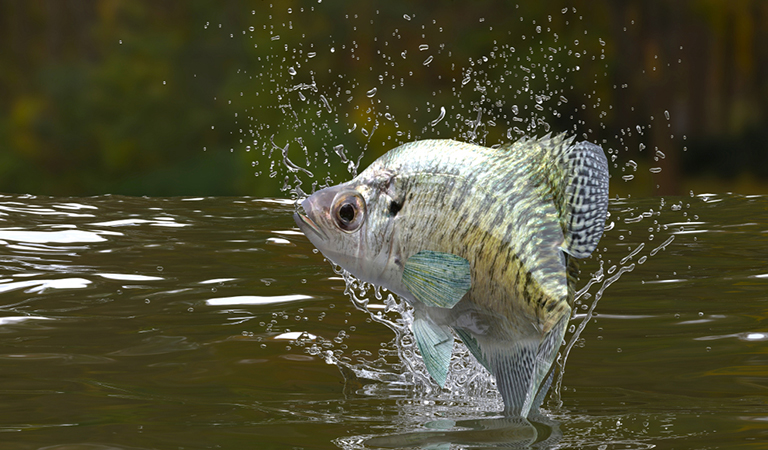
Crappie fish are quite different. They like staying in schools and prefer hiding in underwater objects. During the day they remain deep, but during dusk and dawn they come to the shore for feeding. You’ll see crappie spawning in shallow areas. They can also be found in winter quite easily. To catch crappie you can use artificial jigs, such as spinnerbaits and minnow baits or live minnow baits. As mentioned before, there are different kinds of knots that can be made, and for crappies you should make a loop knot. This fish species has very soft lips which the fishing hook can tear apart quite easily, so don’t pull the cast in too quickly.
A quick and easy way to know deep and shallow waters is to get a free topographical map from online sources.
Trout Fishing Tips and Tricks
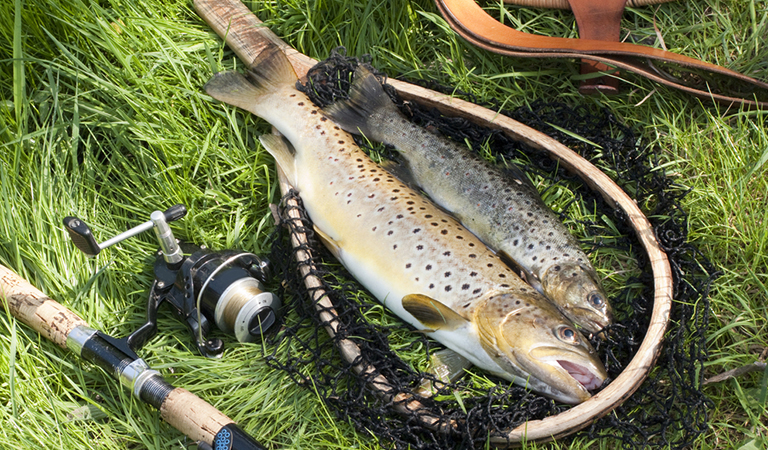
Trout fishing is one of the most popular fishing types. There are three main variations – rainbow trout, brown trout, and brook trout. The rainbow trouts have a distinct tint to them, hence the name. Trouts are usually found in lakes (hence they are called Lake Trout) and moving rivers. Trouts love to stay deep and are quite strong. Usually, fluorocarbon fishing lines are used to catch trouts. Larger trouts do not eat insects, so using insect baits is out of the question. Some trouts grow in hatcheries; these recognize power baits, but native trouts do not. The most common lures for trouts include critters, tubes, worm imitators, swimbaits, cranks, spoons and spinners. They love salmon eggs as well. Often they raid salmon spawns to get access to these eggs.
Now that you know about the most popular fishing types among anglers, start preparing a tackle box for yourself. Get all sorts of baits, jigs, hooks, and lures so that you don’t miss out on any fish. You could even take part in fishing competitions and set personal records. Did you know that the largest lake trout in the world weighed 72 pounds? You might catch even bigger! Grab your fishing pole and your tackle box and head to any nearby river or lake. Try your luck in the fishing game and see what you get.


